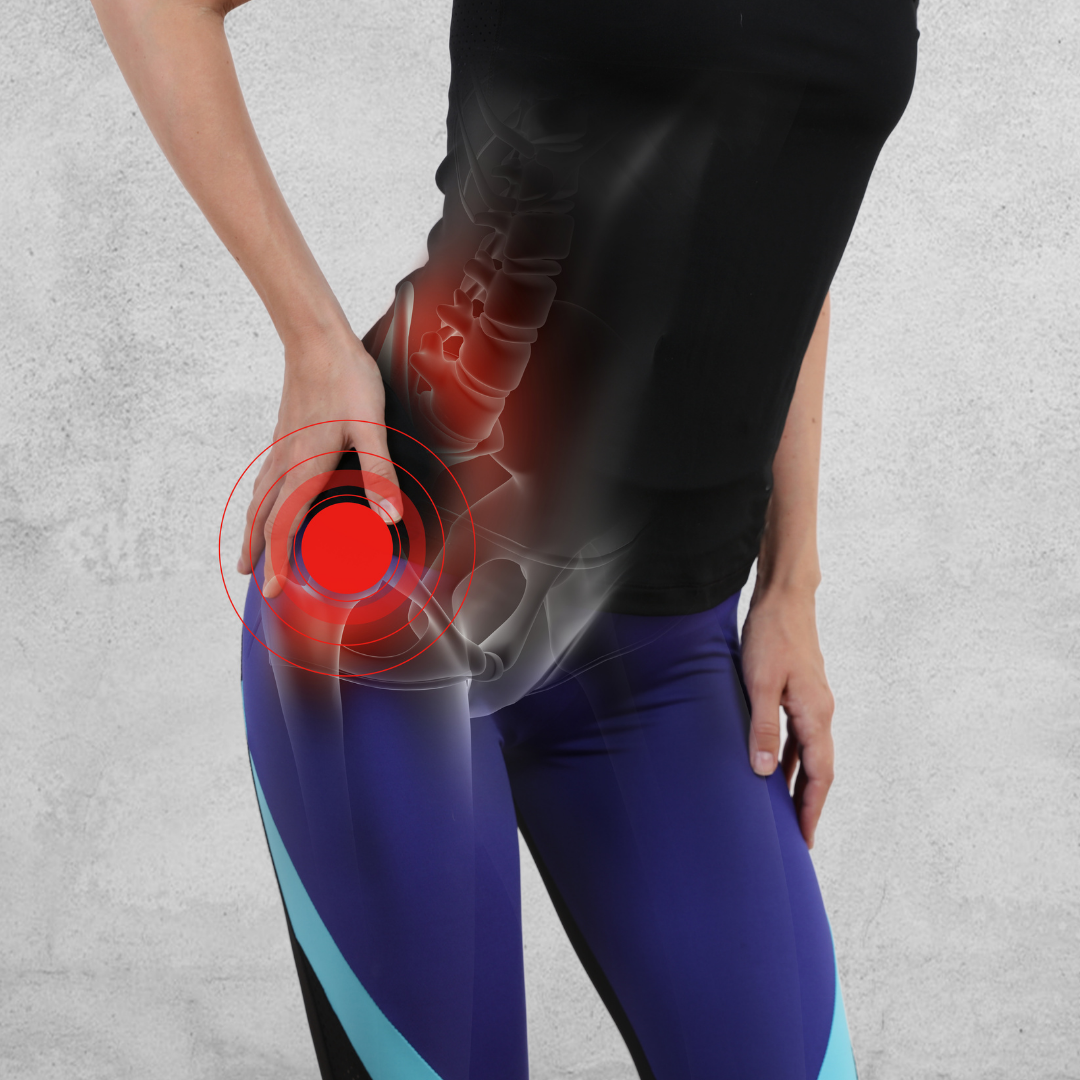
Hip arthroscopy is a term used to describe total hip replacement (THR) which is a surgical procedure. In a THR, the ball and socket components of the hip joint are replaced with prosthetic parts that are made out of metal, plastic, or ceramic. The term can also be used to describe a diagnostic method employed by physicians that uses small cameras to examine the internal components of the joint to obtain a diagnosis.
WHO IS A CANDIDATE?
People who typically have total hip replacements performed suffer from arthritic conditions. Arthritis can originate for sever犀利士
al reasons. It can occur due to normal wear and tear or it can be the result of childhood diseases that caused joint damage.
Repetitive-use injuries are typical of what is seen in people who play sports. For instance, think of a baseball pitcher who constantly stresses the shoulder joint during the act of pitching. This repetitive movement wears away at the cartilage lining of the joint and begins to erode the bone. This creates a painful scenario due to inflammation and swelling that occurs in the joint. Hip arthroscopy is helpful for patients suffering from this type of damage.
Total hip replacements are also effective for those suffering from rheumatoid arthritis, an immune disorder that exhibits painful, swollen joints.
WHEN DOES SURGERY BECOME AN OPTION?
Your physician will probably recommend several other treatments before recommending surgery.
Physical therapy and treatment with anti-inflammatory medications and corticosteroids will be suggested and administered first.
Some physicians may offer hyaluronic acid injections. Hyaluronic acid acts as a lubricant and when injected into the joints, it can help facilitate movement and relieve stiffness. The treatments are known as viscosupplementation.
If these treatments are not successful or become less effective over time, then surgery will most likely be suggested.
Surgery is considered a last resort as most physicians would like to see a resolution to the problem by non-surgical means. Surgery is an invasive procedure and there are complications and risks associated with any surgery.
That being said, total hip replacements are relatively safe. It is considered one of the safest medical procedures performed today. The procedure has a history that dates back to 1960 and is now performed on approximately 300,000 people every year.
RECOVERY
The recovery time can last for several months after the procedure has been completed.
Precautions will need to be taken to minimize fall risks and stress on the joint.
- Sitting down while dressing to avoid falling
- Avoiding prolonged sitting
- When climbing stairs – start with non-surgical leg first
- Do not sleep on the surgical side
- Sit in a firm, straight-back chair that is not too low
- Do not cross your legs when sitting
- Showering is made easier with a shower chair to decrease the risk of fall
- Avoid bending from the waist, especially at more than a 90-degree angle
- If necessary, use a walker or crutches if you feel unstable
Short-term recovery can last about 4-6 weeks and is considered a success when you can move without experiencing any discomfort or pain. Full recovery can take several more months to complete.
Always follow your doctor’s advice and recommendations for post-op care and be sure to keep all of your follow-up appointments to assess your progress as well as physical therapy sessions which can help speed up the healing process.
